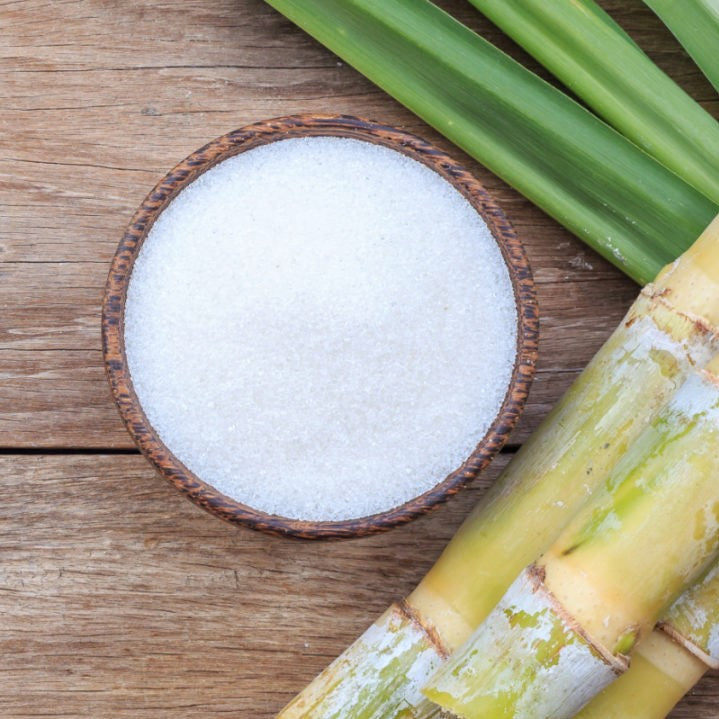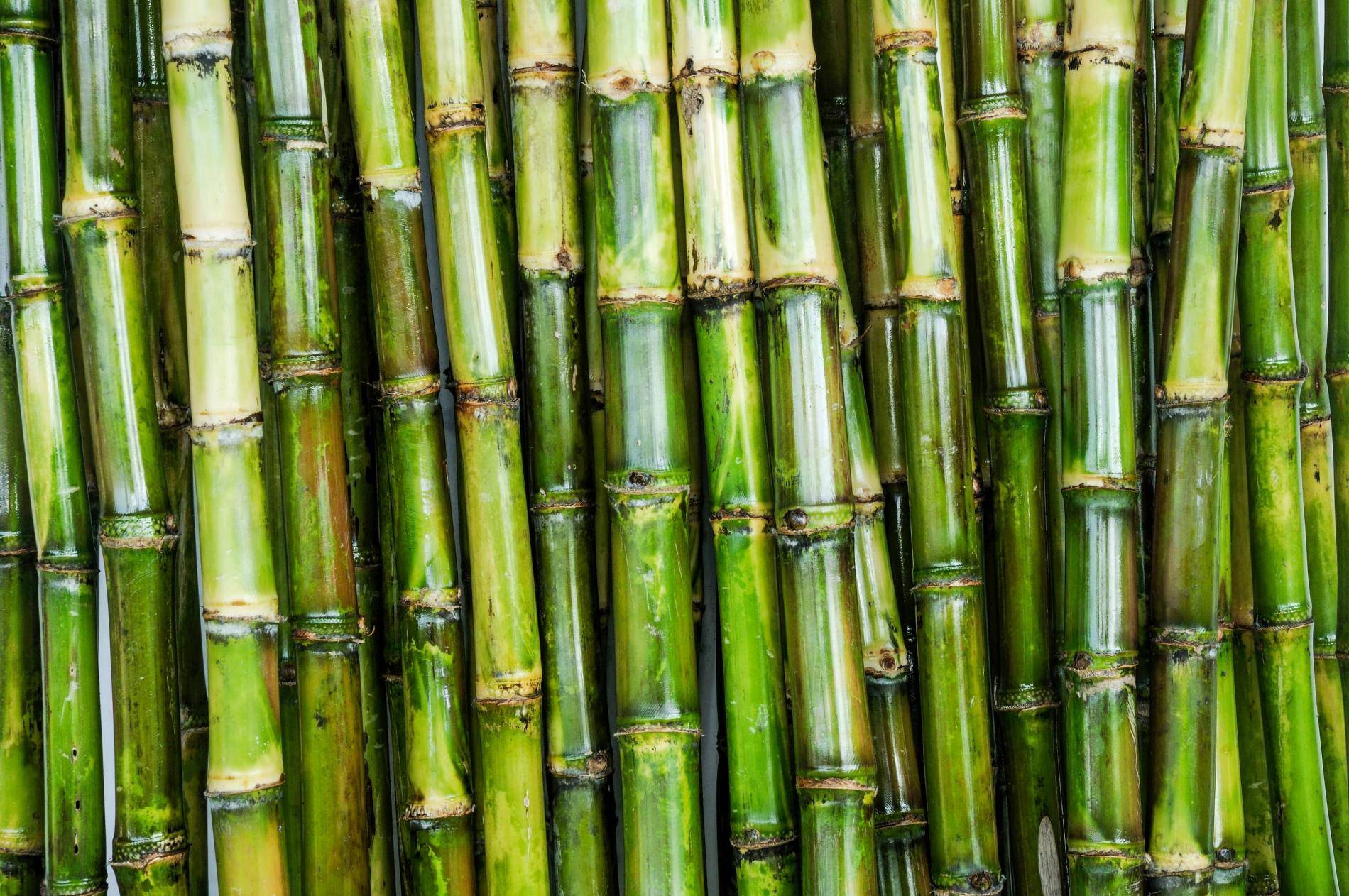Cane Sugar Processing Explained: What Takes Place Inside a Sugar Mill
An Extensive Overview to the Ecological Effect and Sustainability Practices in Walking Stick Sugar Processing
The environmental impact of walking stick sugar handling offers a complex range of challenges that warrant cautious exam. From dirt deterioration and extreme water use to the carbon footprint linked with cultivation and manufacturing, the consequences of standard methods are far-reaching. What particular techniques can be executed to strike an equilibrium between efficiency and environmental stewardship?
Review of Cane Sugar Processing
Walking stick sugar processing includes a series of organized steps that transform sugarcane right into polished sugar. Originally, harvested sugarcane is delivered to processing facilities, where it undertakes cleaning up to eliminate dirt and particles. Following this, the walking cane is squashed to remove juice, which is after that cleared up by removing contaminations via heating and the enhancement of lime.
The cleared up juice undertakes dissipation, where water is removed to focus the sugar content. This focused syrup is then crystallized with air conditioning, allowing sugar crystals to develop. These crystals are separated from the continuing to be syrup using centrifugation, resulting in raw sugar. To attain polished sugar, the raw item undergoes additional filtration procedures, which may consist of washing and filtering system to remove staying contaminations and color.
The last product is after that dried and packaged for circulation. Throughout this entire process, maintaining performance and quality assurance is necessary to make certain the sugar fulfills sector criteria. Each step in walking stick sugar handling not only adds to the last item yet also has effects for resource usage and waste generation, establishing the stage for discussions on sustainability and environmental effects connected with sugar production.
Environmental Challenges of Manufacturing
The manufacturing of cane sugar offers a number of substantial ecological obstacles that warrant interest. One main concern is the substantial use of agrochemicals, consisting of chemicals and plant foods, which can bring about soil degradation, biodiversity loss, and contamination of neighborhood water sources. The overflow from sugarcane areas usually brings these chemicals right into nearby communities, interfering with aquatic life and affecting the wellness of areas reliant on these water bodies.
Another obstacle is the high power intake connected with sugarcane handling. The boiling and refining stages need significant warmth, mainly produced by burning nonrenewable fuel sources, adding to greenhouse gas discharges. Additionally, the extensive land area required for sugarcane farming can lead to logging and environment destruction, more intensifying climate modification and threatening wild animals.
Furthermore, the labor practices in some regions elevate honest concerns, as workers may face bad working conditions and poor incomes. This scenario commonly perpetuates a cycle of poverty in local communities. Cane Sugar Processing. Dealing with these environmental obstacles is essential for creating more lasting techniques in walking cane sugar production, ultimately benefiting both the atmosphere and the neighborhoods included in this market
Water and Land Use Impact
Water sources and land application are essential parts in the walking cane sugar industry that considerably impact the setting. The farming of sugarcane calls for significant water input, with quotes suggesting that it can consume up to 2,000 litres of water per kg of sugar produced. This extensive use water typically leads to depletion of neighborhood water sources, impacting not just the sugarcane ranches but likewise bordering environments and communities that depend on the very same water resources for agriculture and domestic usage.

Additionally, land usage for sugarcane farming can cause logging and the conversion of natural environments into monoculture ranches. This method decreases biodiversity, disrupts neighborhood environments, and adds to soil destruction. The growth of sugarcane fields often elbows in on valuable agricultural land, producing competition for resources between food and biofuel production.
Sustainable practices, such as optimizing irrigation methods and carrying out crop turning, are vital to reduce these effects. By taking on more efficient water usage and land administration techniques, the walking stick sugar sector can lower its eco-friendly impact, making sure a balance in between agricultural performance and ecological conservation.
Greenhouse Gas Emissions
Greenhouse gas discharges stand for a substantial environmental concern within the walking cane sugar handling sector, particularly as agricultural methods increase to meet international need. The cultivation of sugarcane, a crop that thrives in exotic environments, counts heavily on artificial fertilizers and pesticides, which contribute to nitrous oxide emissions. Furthermore, land-use adjustments, including logging for new sugarcane vineyards, release carbon dioxide kept in plant life and soil.
Throughout handling, energy usage is another major Visit This Link source of greenhouse gas exhausts - Cane Sugar Processing. Numerous sugar mills utilize fossil fuels to power machinery and produce warm, leading to significant carbon footprints. Moreover, the transport of raw sugarcane and completed products includes layers of discharges through fuel combustion in cars
The advancing result of these emissions intensifies climate change, posturing threats not only to the environment yet also to the lasting viability of the market. Stakeholders must acknowledge the urgent demand for thorough methods that resolve these emissions. This entails examining present agricultural methods, refining approaches, and transportation systems to determine areas for renovation and reduction. Addressing greenhouse gas emissions is necessary for fostering a much more lasting cane sugar market in a changing climate.

Lasting Practices and Innovations
Sustainable methods and innovations are significantly essential in the walking stick sugar handling industry as stakeholders seek to lower ecological impacts while preserving productivity. One substantial advancement is the implementation of integrated plant management, which maximizes resource usage by combining soil administration, insect control, and plant rotation strategies. This method improves return while minimizing chemical inputs and preserving dirt wellness.
Additionally, the fostering of renewable resource resources, such as biomass from sugarcane deposits, has actually obtained grip - Cane Sugar Processing. By converting waste products into energy, refining centers can reduce their reliance on fossil gas, consequently lowering greenhouse gas discharges
Water monitoring techniques have likewise seen improvements with the recycling and reusing of water in handling plants, significantly minimizing freshwater consumption. Technologies in technology, such as accuracy agriculture, allow farmers to check crop health and wellness and resource use better, ensuring sustainable cultivation techniques.
In addition, accreditation programs like Fair Trade and Rainforest Partnership urge ecologically responsible farming practices and advertise social equity within the supply chain. By embracing these sustainable methods and developments, the walking stick sugar processing sector can boost its strength and discover here contribute positively to environmental stewardship.
Final Thought
The ecological effect of walking cane sugar processing presents significant challenges, including dirt destruction, high water usage, and greenhouse gas discharges, together with honest worries associated with labor methods. Addressing these concerns with sustainable methods, such as integrated crop administration, eco-friendly power fostering, and water recycling, is necessary. By promoting socially equitable and eco liable techniques in sugar manufacturing, the sector can reduce its damaging results, ensuring a much more sustainable future for both areas and environments associated with this market.
Walking cane sugar processing entails a series of methodical steps that transform sugarcane right into polished sugar. Each step in cane sugar handling not only adds to the last product yet additionally has ramifications for resource use and waste generation, setting the phase for discussions on sustainability and ecological effects linked with sugar manufacturing.
Greenhouse gas discharges represent a considerable environmental problem within the cane sugar handling sector, particularly as agricultural practices broaden to meet global demand.Sustainable methods and innovations are increasingly vital in the walking stick sugar processing market as stakeholders look for to you could try these out lower environmental influences while preserving performance.The ecological influence of cane sugar handling presents significant obstacles, consisting of dirt degradation, high water usage, and greenhouse gas exhausts, alongside moral problems related to labor methods.